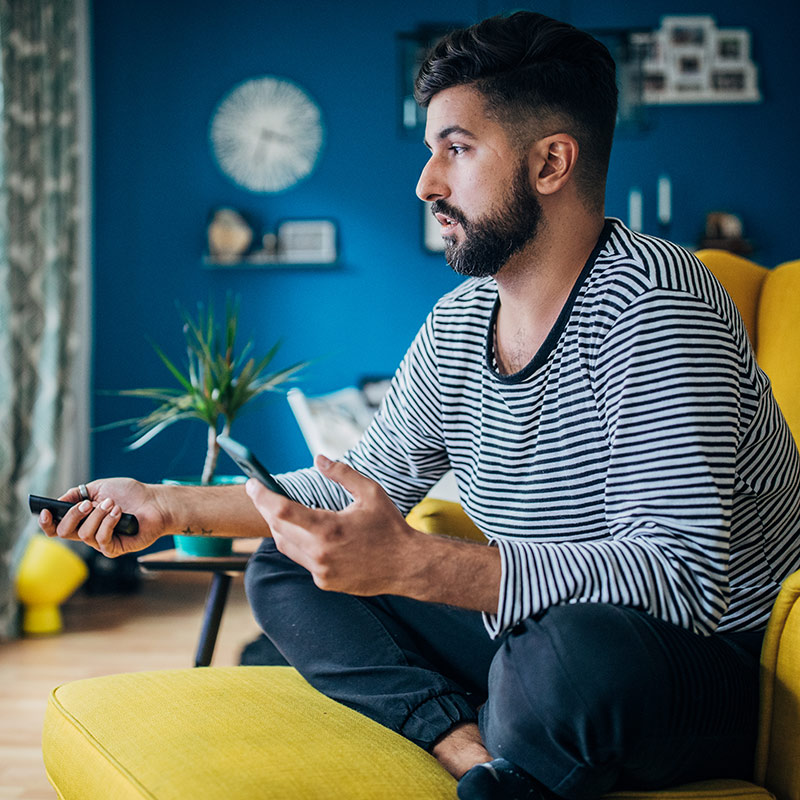Fire safety is generally regarded as a public safety issue by governments and jurisdictions vary in their approaches to it. More developed economies and global regions have quite sophisticated and normative approaches to addressing fire safety often taking a layered approach based on prevention first and foremost.
The reality though, is that globally there are many contrasting standards across the world for just about every situation. In the building and construction area for instance, the multiplicity of approaches and codes has created uncertainty and confusion in the testing and approval of construction methods, products and operation of buildings. The same is also true with respect to upholstered furnishings. The International Fire Safety standards (IFSS) coalition launched in 2018, is attempting to bring some order to fire safety standards in the building and construction sector. Furniture fire safety standards on the other hand and under pressure for the need to use chemical flame retardants to enable some materials and coatings used to meet strict standards. This has led to the weakening of such standards in some countries for instance in the US, California revised its stringent standard – the CA TB 117 requirements[1] for testing PU foams in upholstered furniture in response to concerns about flame retardants.
Things are moderately better when it comes to transportation (depending on mode) and with respect to electrical and electronic equipment where the International Electronics Commission and the Underwriters Laboratory have been effective in setting global standards for electrical and electronic equipment.
[1] Technical Bulletin 117 (March 2000) Requirements, Test Procedure and Apparatus for Testing the Flame Retardance of Resilient Filling Materials Used in Upholstered Furniture and Technical Bulletin 117-2013 Requirements, Test Procedure and Apparatus for Testing the Smolder Resistance of Materials Used in Upholstered Furniture. January 2013





